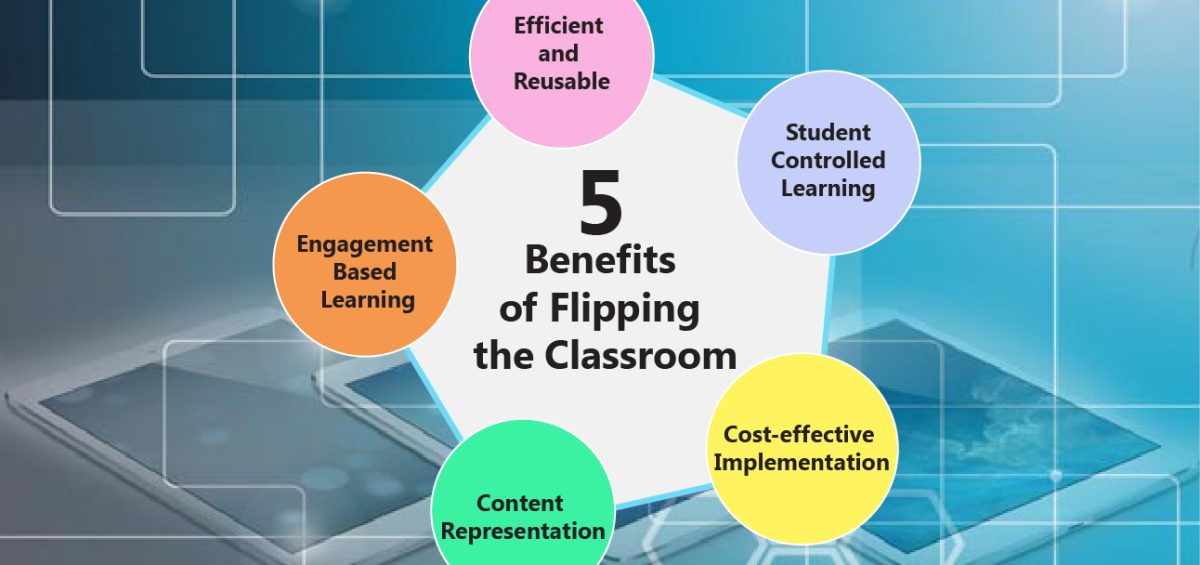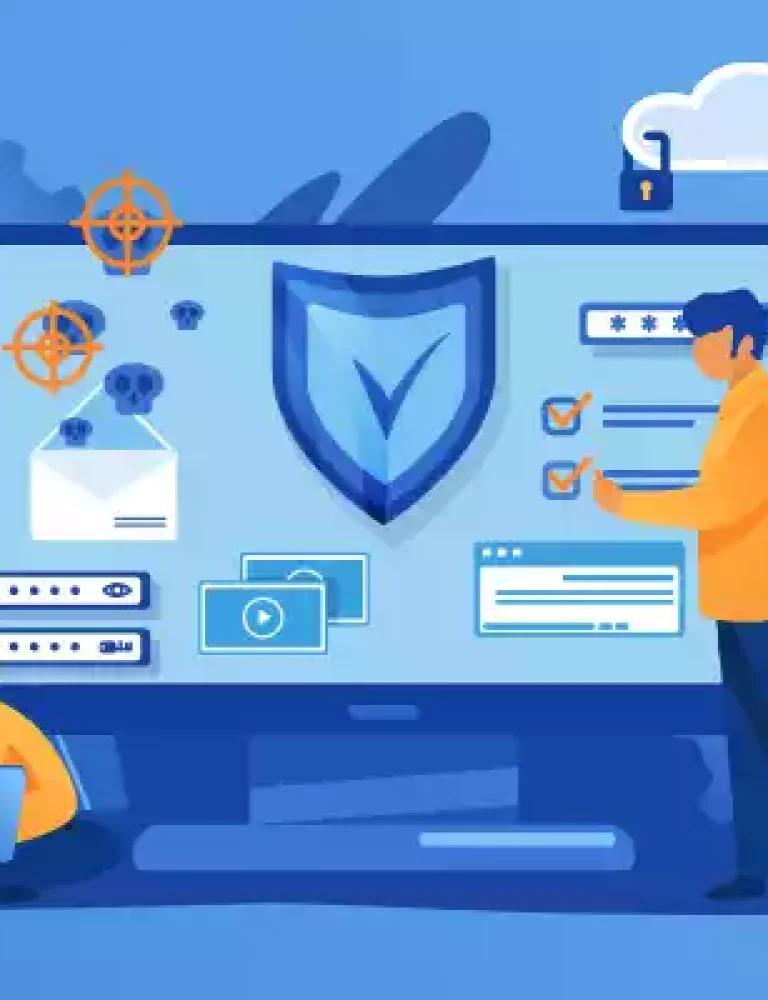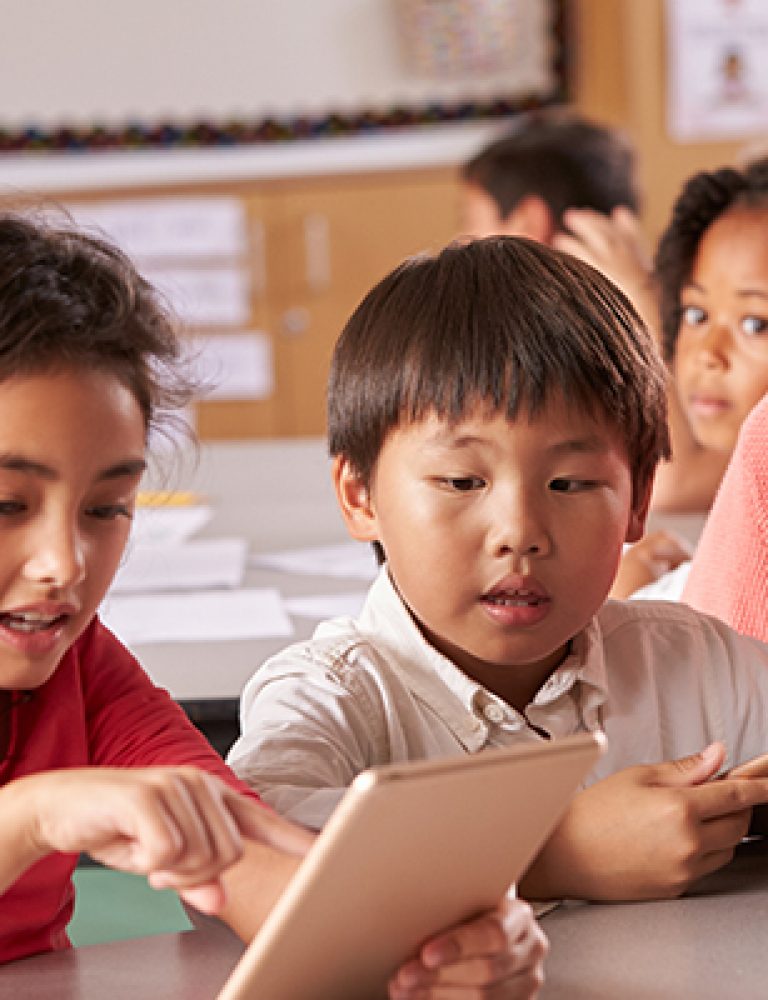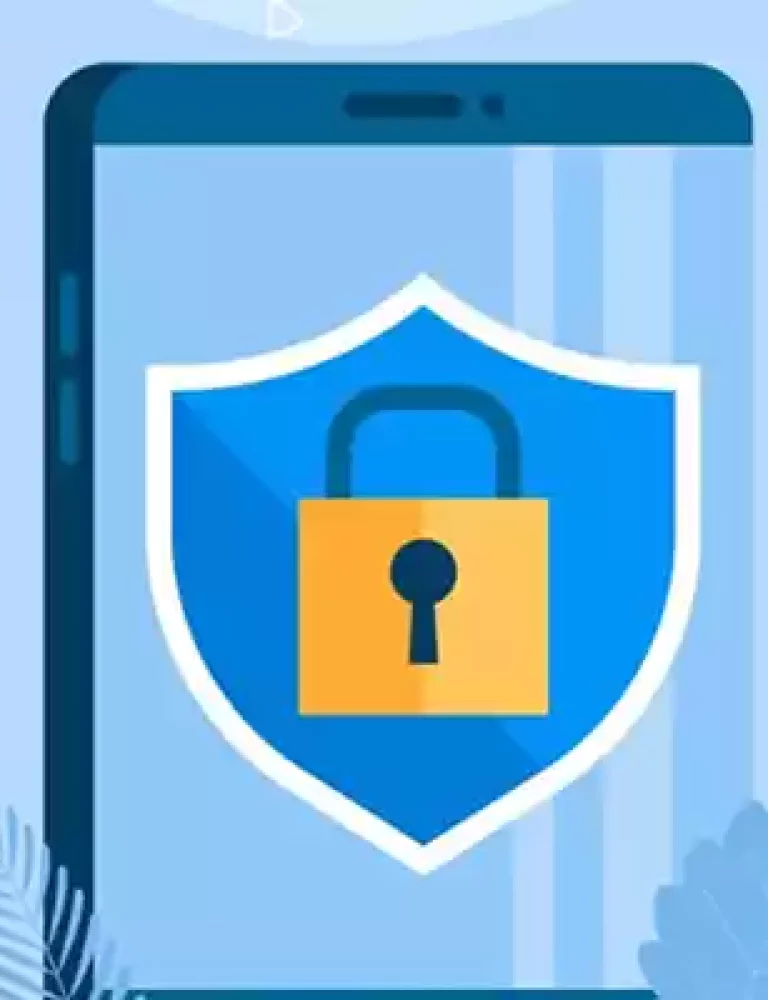Flipping the classroom has become a hot topic in K12 educational circles in recent times. Unlike traditional learning mechanisms, students first learn course content online and usually from their homes, while their time in the classroom is devoted to homework and clarifying doubts. There have been several studies and resources on how the idea of a flipped classroom has gained currency with the advent of eBooks and digital learning content.
Related: How to Create STEM Courses for Best Learning Outcomes

Source – https://facultyinnovate.utexas.edu/flipped-classroom
However, the concept of a flipped classroom is not restricted to reading eBooks or consuming digital content on the subject before the classroom session. Rather, students are expected to prepare for a class session, independently.
The classroom session is then devoted to instructor-led discussions and collaborative problem-solving, helping students assimilate and understand the subject much better through the power of social learning.
Table of Contents
The Importance of eBooks in Flipped K12 Classrooms
eBooks and eBook readers have a powerful role to play in helping instructors and students flip the classroom. Collaborative features such as asking questions, highlighting sections, and sharing notes and annotations allow students to share and discuss topics with teachers and their peers.
Further, detailed user analytics allow teachers to gain quick insights into student engagement ahead of the class. This enables them to plan for group discussions and problem-solving exercises.
Additionally, eBooks do not need to be exact replicas of print books, and eBook readers do not need to be mere page-turners. KITABOO, as a digital textbook platform, allows for the seamless integration of multimedia elements for higher student engagement, along with the use of Augmented Reality for a more immersive experience.
Related: How to Improve Student Learning Outcomes with Digital Learning
What Is the Role of a Teacher in a Flipped Classroom?
Here’s a snapshot of the role of a teacher in a flipped classroom:
One of the key results of flipping the classroom using eBooks is that the primary role of the teacher changes from being the source of information to a guide who helps students develop a better understanding of the material.
Curating Curriculum-based Content
While the traditional classroom environment relies on a teacher introducing and teaching a new concept in a specific style, while leaving the homework for later, the opposite is true for a flipped classroom.
This way, a teacher can record themselves explaining a topic or a concept or use another professional source to acquire said content and upload it for students to access at home. The same mechanism is adopted in the case of eBooks as well.
Ensuring Timely Clarifications
This setup presents teachers with the opportunity to clear any doubts or misunderstandings about the concept the very next day, as opposed to a few or even several days later in the case of a traditional classroom.
Uploading High-Quality Content
The key to making a flipped classroom setup successful is digital literacy, both for teachers and students. Teachers must be equipped with the skills and understanding of how to upload the reading material to the LMS, along with other relevant resources while students must be taught how to access said content from the convenience of their homes.
While this approach does, at face value, prove to be immensely beneficial, it begs the question, “Why should a teacher use this ‘Flipped Classroom’ technique?” One way to answer this question is by looking at the advantages of flipping the classroom.
5 Key Benefits of eBooks in a Flipped Classroom
Below are the Five key benefits of eBooks in a flipped classroom:
Efficient and Reusable
While a flipped classroom requires some up-front investment, it offers significant benefits in terms of the time saved. eBooks and recorded lesson plans can be used across classes, preventing teachers from having to prepare material from scratch.
Further, the ease of access to the learning material via an LMS ensures students can access it at any time, even if they happen to miss a class in person.
Student-Controlled Learning
Every student has their own style and pace of learning. Learning at home, for instance, makes the experience a lot more comfortable, allowing students to easily read an eBook, re-watch a video lecture, or even access additional resources to understand a concept better.
Instructors can also upload materials across a range of formats giving students access to a host of resources, whether it’s an article, video, or interactive tool.
Cost-Effective Implementation
While the concept of smart classrooms took root several years ago, and for a host of good reasons, it was also rather expensive. On the other hand, a flipped classroom proves to be a lot more cost-effective as it simply requires access to an LMS, aside from the time a teacher spends curating the necessary resources for students to access.
Content Representation
This model enables teachers to represent and share content in multiple ways. Teachers can make use of resources like interactive eBooks, audio, and videos, among several others, and do away with the traditional model of rote learning that relies on physical textbooks and a board.
Engagement-Based Learning
Another advantage of using eBooks in the flipped classroom model is that it allows students to engage with their peers. They can share notes, comments, doubts, and queries related to the content while engaging in discussions that can help them understand concepts better.
Wrapping Up
A flipped classroom offers a host of different benefits, and K12 schools worldwide are slowly incorporating this approach as a part of their curriculum. Among the many modes of instruction that teachers can leverage, eBooks play a critical role in facilitating a flipped classroom approach as they allow for a host of collaborative features that improve the learning process.
Further, the data gathered from the use of multimedia tools like these allow teachers to address key problem areas and facilitate improvements in academic performance in an efficient and cost-effective manner.
With integrated multimedia elements, and the flexibility to tailor content KITABOO, a leading digital textbook platform offers publishers a comprehensive solution.
Check out our live demo for more information.
DISCOVER HOW AN INTERACTIVE FLIPBOOK PUBLISHING & DELIVERY PLATFORM CAN HELP YOU
Kitaboo is a cloud-based content platform to create-publish & distribute interactive mobile-ready ebooks.
You May Also Like









